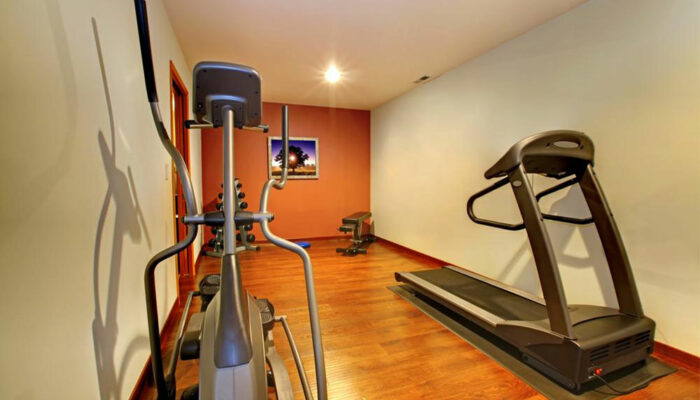
Various Treatments for Spinal Muscular Atrophy
Spinal Muscular Atrophy (SMA) is characterized as an inherited neurodegenerative disorder in which the person has no control over the movement of their muscles. This neurological condition is the result of the loss of nerve cells in the spinal cord and brainstem. Most commonly babies and children are affected by this motor neuron disorder. Research is still on to find ways to completely cure this disorder and the FDA has so far approved two gene treatment options.
Treatment options for spinal muscular atrophy
The two approved treatment options of spinal muscular atrophy are forms of gene therapy that work with the affected SMA genes. Marketed by AveXis/Novartis, Zolgensma is a gene replacement therapy approved for all types of SMA for patients under 2 years of age. The second treatment includes using Nusinersen, which can be prescribed to children diagnosed with SMN type-1 mutation to adult-onset SMA type-4.
- Zolgensma treatment
This gene replacement treatment involves replacing the affected SMN1 gene and is prescribed to children below two years of age. This method uses a genetically engineered virus that is directly inserted into the group of motor neuron cells. The procedure is performed only once by inserting a tiny tube inserted in a vein in the arm or hand. Common side effects include viral respiratory infections before or after the infusion, which can lead to serious complications.
- Nusinersen
Prescribed to both children and adults, this treatment includes 4 initial doses across 2 months and is followed by a maintenance dose every 4 months. This treatment propagates the production of functional SMN protein in order to boost the ability of the less efficient SMN2 gene. The procedure involves infusing drugs into the fluid around the spinal cord and can be repeated if needed. This treatment has shown promising results by delaying mortality and slowing down the symptoms in over 40% of people who used the drug.
Apart from these two FDA approved treatments, other proven therapies can help manage symptoms and prevent complications. These therapies and medications are listed below.
- Physical therapy
A tailored exercise routine advised by a doctor can help maintain motion and strengthen in the muscles. However, ensure that you consult with a doctor before following any exercise routine as an excess of any exercise could do more harm than good.
- Breathing aids
Due to weak muscles around the ribs, SMA patients rely on the diaphragm for breathing and this in turn could deteriorate other muscles with time. To help patients breathe better, they may require a breathing aid that provides adequate oxygen to all body parts.
- A regulated diet
SMA patients find it difficult to chew and swallow and as a result do not get sufficient required nutrition, thereby affecting their growth. A carefully planned diet can help them get the necessary nutritions; however, for patients with severe symptoms, feeding tubes become their only option.



